Ivory Coast is a West African country with beach resorts, rainforests and a French colonial legacy. Abidjan, which is located on the Atlantic coast, is the country’s major urban center. Its modern landmarks include zigguratlike, concrete La Pyramide and St. Paul’s Cathedral, which is a swooping structure tethered to a massive cross. Take a look below for 30 more interesting and fascinating facts about the Ivory Coast.
1. The country is bordered by Guinea and Liberia in the west, Burkina Faso and Mali in the north, Ghana in the east and the Atlantic Ocean in the south.
2. Ivory Coast’s political capital is Yamoussoukro, and its economic capital and biggest city is the port city of Abidjan. In 1983, the city of Yamoussoukro was designed as the official political capital of Ivory Coast, however, almost all political institutions and foreign embassies continue to be located in Abidjan.
3. Ivory Coast’s terrain can generally be described as a large plateau rising gradually from seal level in the south to almost 500 meters, or 1,460 feet, elevation in the north.
4. The highest elevation is Mouth Richard-Molard, at 1,752 meters, or 5,748 feet, in the far west of the country along the border with Guinea and Liberia.
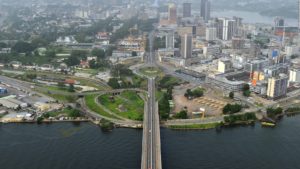
5. Ivory Coast has 590 kilometers, or 370 miles, of coastline.
6. Ivory Coast was once called the “teeth coast” due to the trade in ivory.
7. The country is the biggest exporter of cocoa, which is used to make chocolate. It’s also one of the biggest producers and exporters of coffee and palm oil.
8. The Tai National Park is an ancient forest and home to the pygmy hippos. It’s one of the last remaining areas of virgin rain forest in West Africa. You can see trees that are up to 50 meters high, with massive trunks and supporting roots.
9. Nore Dame de la Paix is a colossal cathedral that was built following Rome’s Saint Peter Basilica pattern. It has the capacity for 18,000 people and its interior shows African art and motives.
10. Grand Bassam is now just a nostalgic relic of its heyday as the capital of the French colony. You can find many old colonial buildings, though most of them are run-down and decrepit but some of the finger buildings have been maintained as tourist attractions.
11. The Ivory Coast was the first black Republic and the first non-English speaking country to win an Academy Award. The Oscar went to the country’s film “Black and White in Color” when it won the Academy Award for Best Foreign-Language Film.
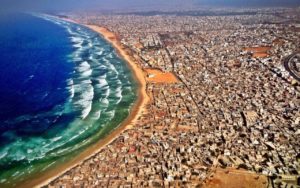
12. The country has been depicted in art works by such painters as Nancy Manning, a Canadian; Helios Darndanel, from Greece; Patrick Harrison O’Malley, an Irish artist who lived in the Ivory Coast for many years, and Hannaford McMillan, an English artist that’s known for her African paintings.
13. The Rainforest Running Frog is only known from western and south-western Ivory Coast, from the Mount Nimba area, south to the Tai National Park.
14. Worm lizard Cynisca rouxae is a species that’s endemic to the Ivory Coast. This species of lizard also doesn’t have legs.
15. Wimmer’s shrew, Crocidura wimmeri, is a white-toothed shred found only in the Ivory Coast.
16. The ethnic groups that make up the Ivory Coast from the least to greatest proportion of the population include the Lebanese, French, Southern Mandes, Krous, Northern Mandes, Voltaiques or Gur, and Akan.
17. There are an estimated 20.6 million people living in the Ivory Coast.
18. The most dominant religion of the Ivory Coast is Islam, however, it’s followed very closely by Christianity.
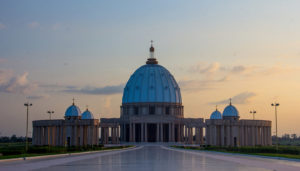
19. The currency of the Ivory Coast is the West African Franc, which is a currency that’s also used by Togo, Senegal, Niger, Mali, Guinea-Bissau, Burkina Faso, and Benin.
20. The biggest basilica in the world is located in Yamoussoukro, in the Ivory Coast. It’s the Basilica of Our Lady of Peace and it’s 323,000 square feet in size.
21. The Ivory Coast is considered to be one of the most advanced countries in Africa in terms of economy, and the most advanced in sub-Saharan Africa.
22. Despite gaining their independence from France in 1960, the Ivory Coast had a supreme leader until 1993 when he died. After his death, formal elections were held for the first time ever in the country.
23. A major food market is held in Abidjan where traders from all along the coast come to buy and sell their products.
24. Abidjan is the fashion capital of the Ivory Coast and of sub-Saharan Africa. Designer clothing can be bought in boutiques in the city.
25. There have been several civil wars in the Ivory Coast since its independence from France in 1960, including the 2011 Civil War.
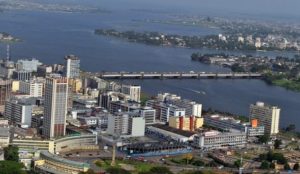
26. The Ivory Coast was originally made up of numerous isolated settlements, which today represent more than 60 distinct tribes, including the Bauoule, Bete, Senoufou, Agni, Malinke, Dan, and Lobi.
27. Very little is known about who inhabited the Ivory Coast first, but weapon and tool fragments confirm the presence of early settlers.
28. Between 1,000 and 1,500 A.D., Muslim merchants established trade routes from northern African to the Ivory Coast. They primarily came for gold and ivory. Many kingdoms emerged at this time as well, including the Senufo people at Kong and the Dyula, who were gold craftsmen.
29. In the late 17th century, Bounkani migrants from modern day Ghana moved into the Ivory Coast and formed a kingdom around Bouna. This became a center for Islamic learning, much like Kong.
30. Before being occupied by the Europeans, Ivory Coast played host to important states like the Kong Empire, Gyaaman and Baoule.

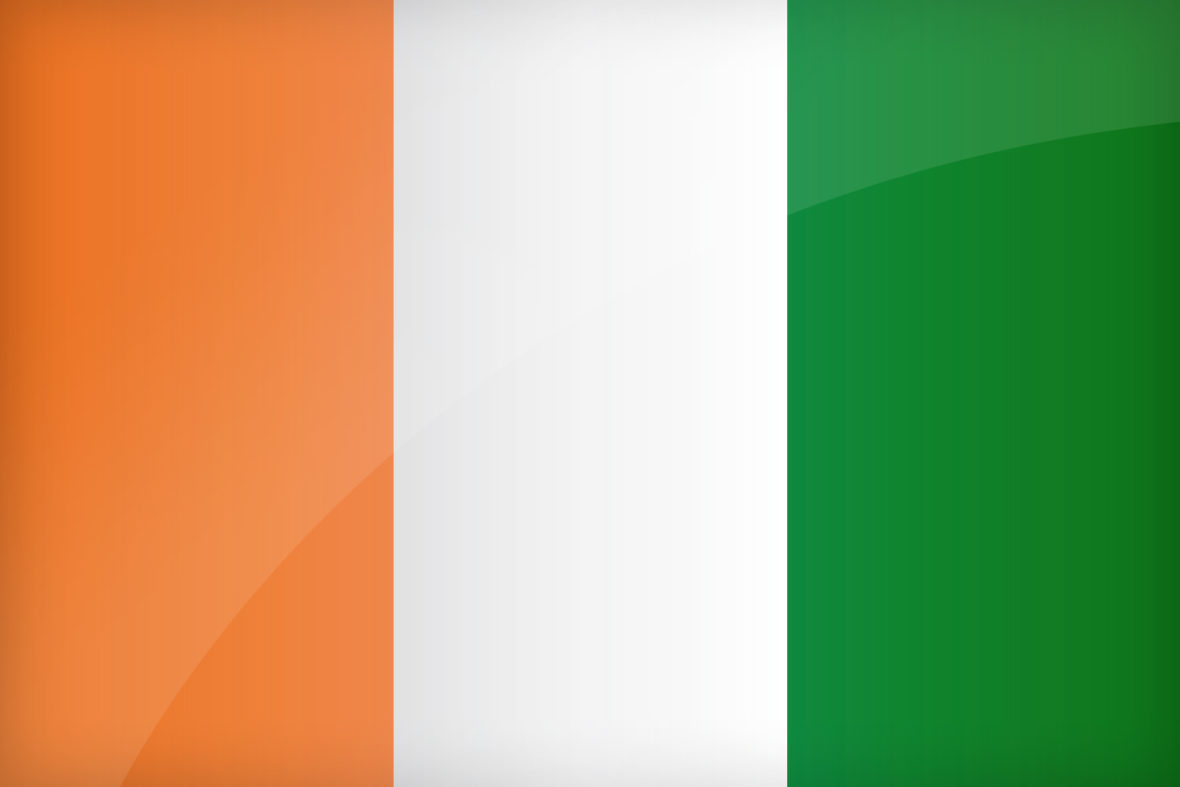
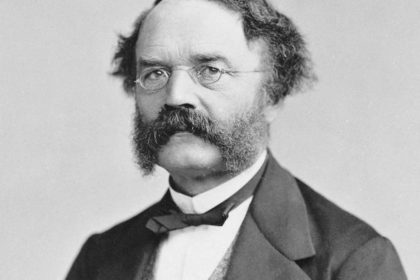
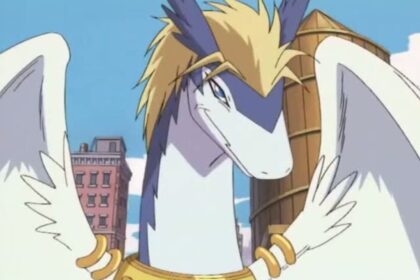
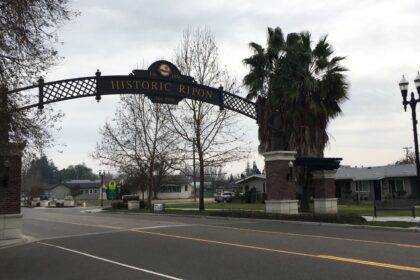
One Comment
Pingback:
February 4, 2018 at 5:17 pm